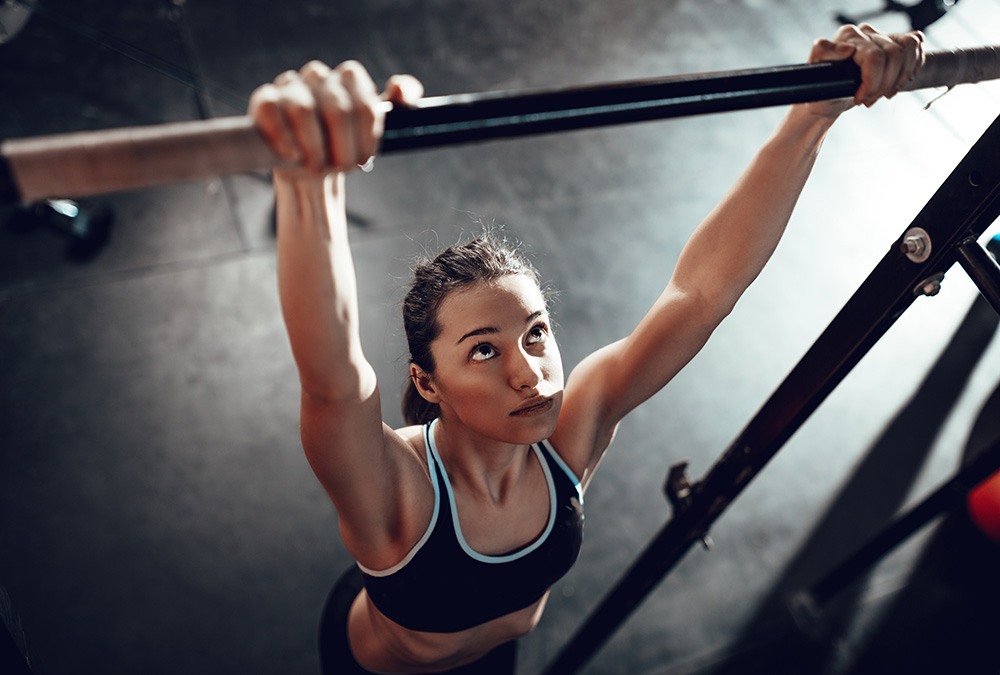Mon - Fri 9.00 - 17.00
Call us +1 (888) 825-9321

While new health and fitness trends will continue to come and go, the basic principles of bodybuilding will always remain effective tools for muscle growth. Among the most efficient of these basic principles is the practice of moving your own body weight, or pull-ups.
Here’s why pull-ups will never truly go out of style.
There’s a reason why bodyweight exercises like chin-ups and push-ups are featured prominently in standard U.S. military fitness assessments—it’s because they’re excellent indicators of a person’s overall strength.

Another factor that makes bodyweight exercises so invaluable is how most Americans can’t summon enough time to hit the gym as much as they’d like. Therefore, as a home or office-based gym alternative, bodyweight exercises make perfect sense.
They may also help you live a longer, healthier life according to a study that appeared in the American Journal of Epidemiology.
“There was very little research looking at the association between participation in strength-promoting exercise and long-term outcomes related to mortality,” said lead author Emmanuel Stamatakis from the School of Public Health and the Charles Perkins Centre.
So Stamatakis and his team studied different categories of strength-based exercise—including bodyweight exercises that could be performed outside the gym—in an attempt to determine their effect on long-term health outcomes.
The findings were telling: On average, the participants who regularly participated in strength training (i.e., two sessions a week totaling 50 to 60 minutes) displayed a 23% reduction in all-cause mortality and a 31% reduction in cancer mortality.

Furthermore, the benefits of body-weight exercises vs. their free-weight or machine equivalents were found to be basically the same: “A very encouraging finding and a finding I’m very keen to promote more was that there was not much difference [between gym-based or home-based strength exercise],” according to Stamatakis.
It’s helpful to make a distinction between pull-ups and chin-ups, as they’re not the same. While both will aid in your muscle-building mission, the two terms are not interchangeable. The most basic difference between the two exercises is the first step you take to perform them—your grip.
In order to perform a proper chin-up, your palms must be turned toward your body, in an underhand grip. As this position forces you to pull primarily with your biceps, it’s no surprise that it’s this body part that benefits the most from this pull up variation. From here—keeping your core tight throughout—pull yourself up (by the arms) in a smooth, non-jerky motion and don’t go back down until your chin has cleared the bar. You can even pause at the top for an extra-effective muscle burn as Joe DeFranco owner and founder of the world-famous DeFranco’s Gym demonstrates in this video:
Note: Other body parts worked during chin-up exercises include the muscles comprising the lower lats and lower traps.
Pull-ups are an excellent way of building your back—from the bottom up. To execute these properly, your palms should be turned away from the body and in an overhand grip. From here, the procedure is similar to the chin-up: you keep your core tight and pull yourself up (this time leading with your back/rear delts) in a smooth, non-jerky motion. You also want to pull your elbows to your hips. Finally, you have the option of touching your chest to the bar or stopping just short of doing so (to focus on different parts of the back) as our friends at FitnessFAQs demonstrate here:
Note: The muscles worked by pull-ups include the rear (posterior) delts, middle traps, and upper lats.
Don’t lose your grip: Prior to performing each of these exercises, consider chalking your hands or using wrist straps in order to avoid losing your grip and sustaining avoidable injuries.